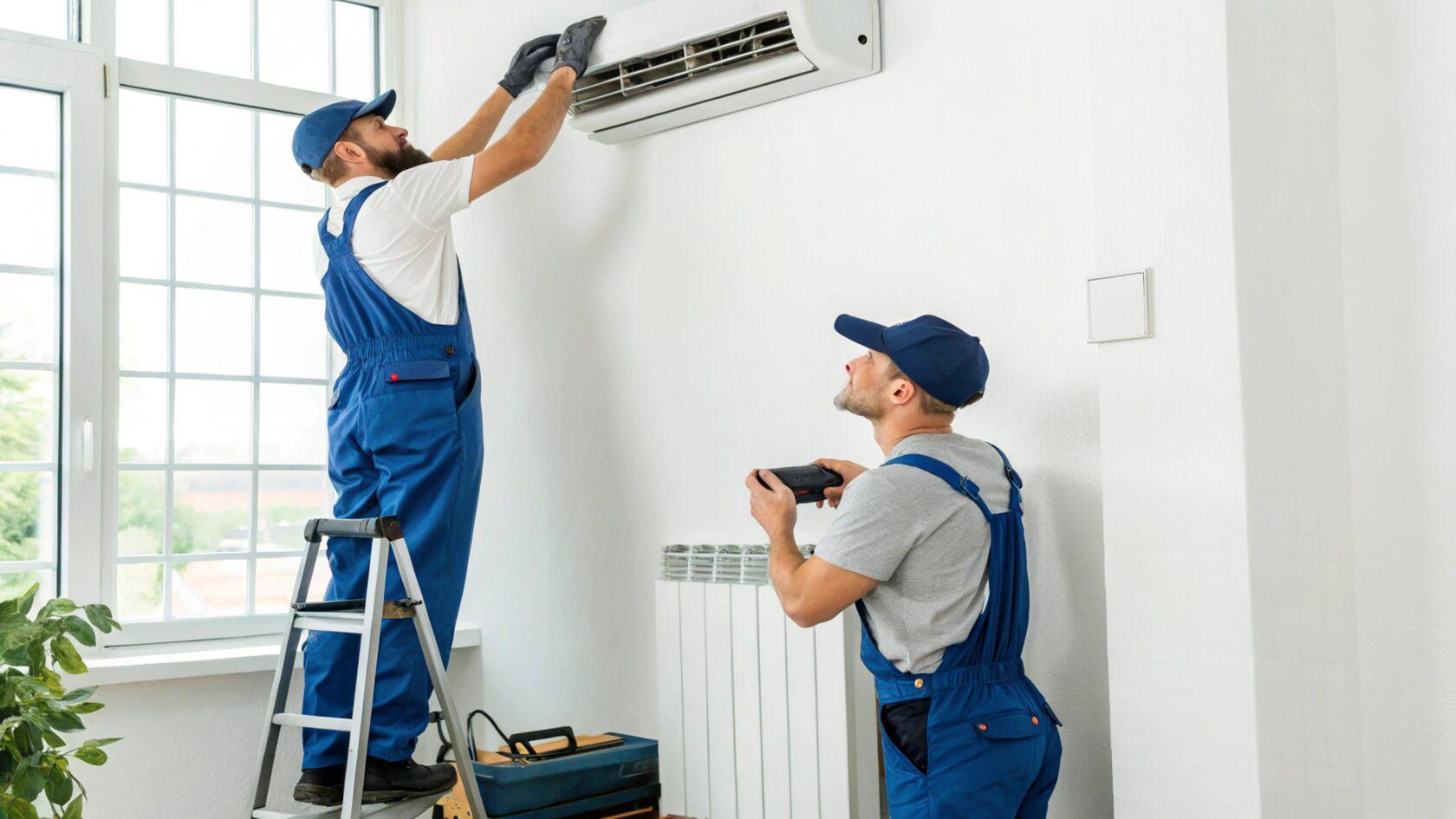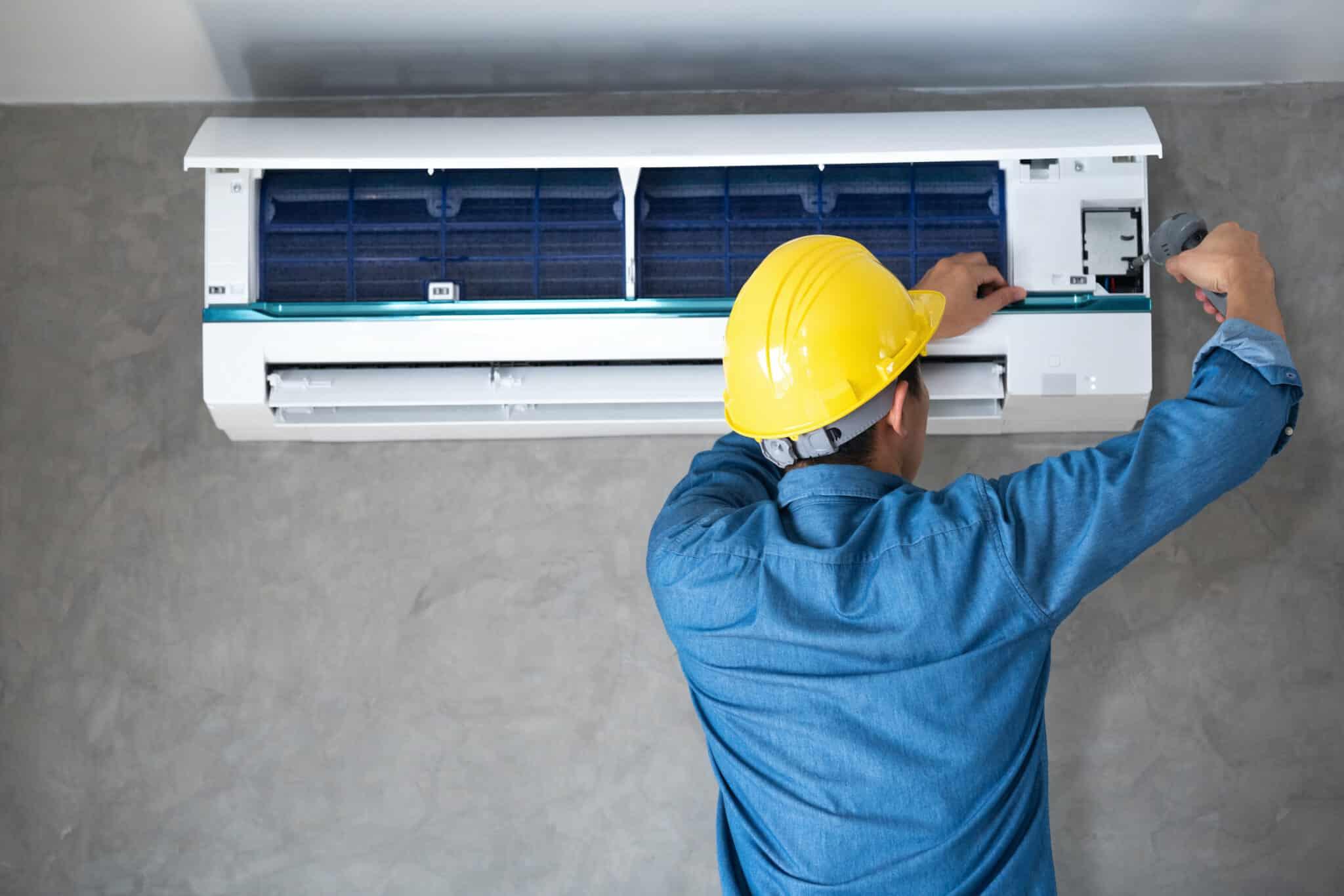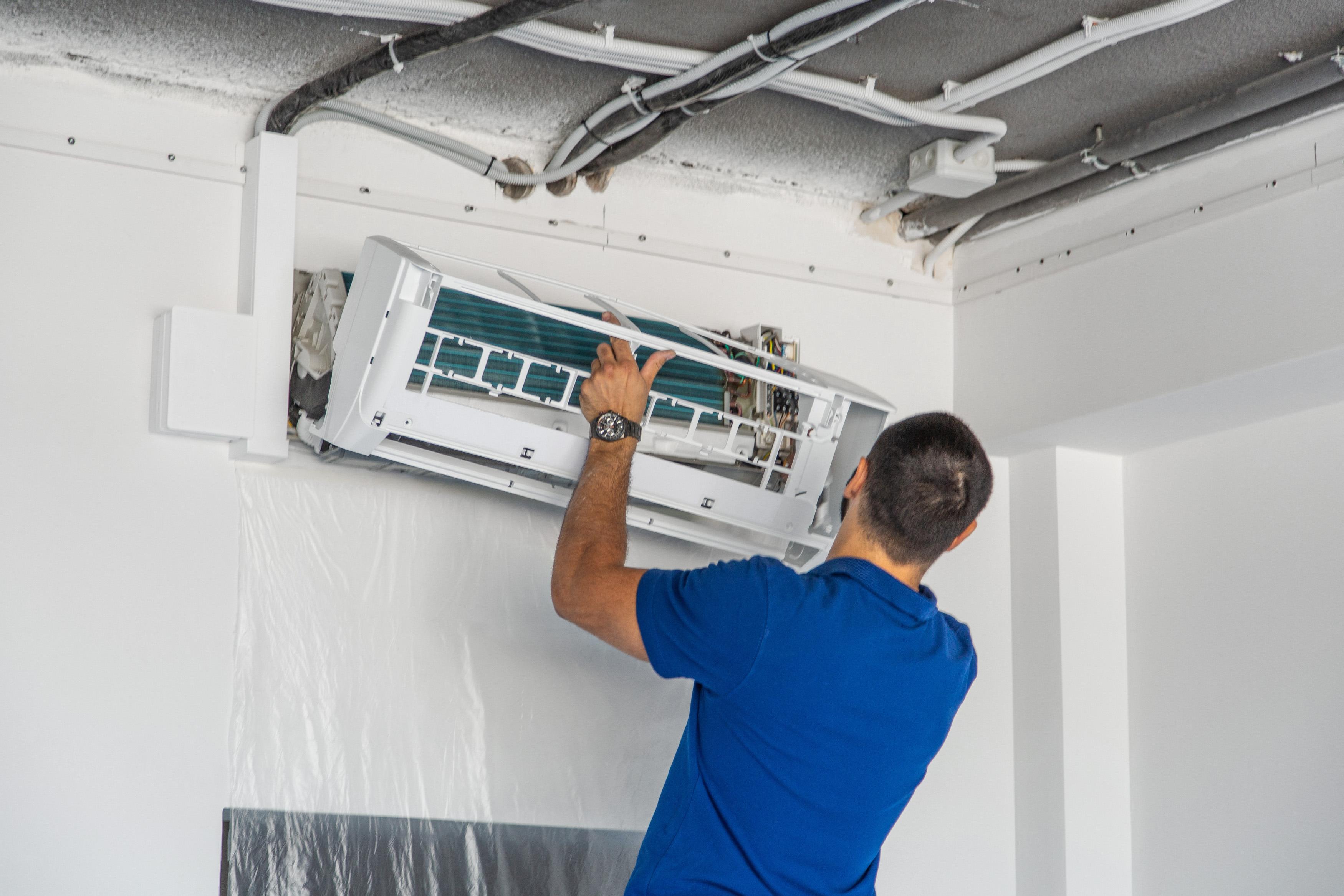
by Kavi Kocchar
11.13.2025
Beat the Heat: Maximizing Your Home Comfort This Summer
As summer temperatures climb, many homeowners face the perennial challenge of maintaining a comfortable indoor environment. The relentless heat can transform a once-inviting living space into an oppressive oven, making everyday activities feel like an uphill battle. This struggle extends beyond mere inconvenience, impacting sleep quality, productivity, and overall well-being. Finding effective strategies to beat the heat is not just about comfort; it's about reclaiming your home as a sanctuary.
The symptoms of an overheated home are all too familiar: restless nights spent tossing and turning, a constant feeling of lethargy during the day, and a persistent struggle to concentrate on tasks. Children and pets can also suffer from the elevated temperatures, exhibiting discomfort and irritability. This pervasive warmth infiltrates every corner, making relaxation difficult and turning simple moments into an endurance test against the sweltering climate.
Beyond personal discomfort, the intense summer heat places significant strain on your home's infrastructure. Cooling systems work overtime, leading to increased wear and tear and potentially higher operational costs. The integrity of building materials can also be affected by prolonged exposure to extreme temperatures. Understanding these broader implications highlights the importance of proactive measures to protect both your comfort and your property's longevity.
The feeling of being trapped in an uncomfortably warm environment can be incredibly frustrating. It often leads to a desperate search for immediate relief, sometimes at the expense of long-term efficiency or sustainability. Homeowners often wonder if there are more effective, lasting ways to cool their residences without constantly running an air conditioner at full blast. This article aims to provide practical insights and actionable steps to achieve a truly comfortable summer home.
Understanding Why Your Home Heats Up
-
Inefficient Insulation: A primary culprit, poorly insulated attics, walls, and windows allow external heat to easily permeate your living spaces. This makes your cooling efforts less effective and causes your systems to work harder to compensate.
-
Outdated Cooling Systems: Older air conditioning units or ventilation setups may lack the efficiency and power to effectively combat modern summer heatwaves. Their diminished capacity struggles to maintain desired temperatures, leading to higher energy consumption.
-
Passive Heat Gain: Direct sunlight streaming through windows, heat generated by household appliances, and even the collective body heat of occupants all contribute significantly to the indoor temperature. These often-overlooked sources continuously add warmth to your home.
Strategic Solutions for Enhanced Home Comfort
Achieving optimal home comfort during the summer requires a multi-faceted approach. Klexaraterm understands the need for practical, effective strategies that go beyond simply turning up the AC. Here are three core solutions to help you maximize your home's cool potential.
Optimize Your Cooling System Performance
Regular maintenance is paramount for any cooling system. Schedule a professional inspection before the peak summer season to ensure all components are functioning efficiently. This includes cleaning coils, checking refrigerant levels, and ensuring proper airflow. Changing air filters monthly or bi-monthly is a simple yet crucial step to maintain system efficiency and indoor air quality, reducing the strain on your unit.
Consider upgrading to a smart thermostat. These devices learn your preferences and can be programmed to optimize cooling schedules, turning down the system when you're away and pre-cooling before you return. Many smart thermostats also offer remote control via smartphone, giving you ultimate flexibility and control over your home's climate, leading to noticeable reductions in utility usage.
Enhance Home Insulation and Shading
Addressing your home's thermal envelope is a foundational step. Improving insulation in your attic and walls can dramatically reduce heat transfer from outside. Sealing air leaks around windows, doors, and utility penetrations prevents warm air from infiltrating and cool air from escaping. These improvements create a more stable indoor temperature, making your cooling efforts more effective.
Strategic shading is another powerful tool. Install high-quality blinds, curtains, or drapes, especially on south and west-facing windows, to block direct sunlight. External solutions like awnings or pergolas can prevent heat from even reaching your windows. These measures significantly reduce solar heat gain, keeping your interiors naturally cooler throughout the day without constant reliance on active cooling systems.
Implement Strategic Ventilation and Airflow
Leverage natural ventilation during cooler parts of the day, typically early mornings and evenings. Open windows on opposite sides of your home to create a cross-breeze, flushing out trapped warm air and drawing in cooler outdoor air. This passive cooling technique can significantly lower indoor temperatures without consuming any power, making it a sustainable and cost-effective approach.
Supplementing with ceiling fans or whole-house fans can dramatically improve air circulation. Ceiling fans create a wind-chill effect, making you feel cooler even at higher thermostat settings, allowing you to potentially raise the temperature by a few degrees. Whole-house fans are excellent for rapidly expelling hot air from the attic and living spaces, drawing in cooler night air and preparing your home for the next day's warmth. Klexaraterm recommends exploring these options for holistic comfort.
Potential Challenges and Recommendations
-
Initial Cost Outlay: Upgrading insulation, installing new cooling systems, or smart thermostats can involve a notable upfront expenditure. Recommendation: Explore local energy efficiency programs or incentives that may offer rebates or low-interest financing for home improvements. Phased implementation can also spread out costs.
-
Installation Complexity: Some solutions, such as extensive attic insulation or a new HVAC unit, require professional expertise to ensure correct and safe installation. Incorrect setup can lead to inefficiencies or even safety hazards. Recommendation: Always engage certified and reputable technicians for major installations. Verify their credentials and request references to ensure quality work.
-
Over-reliance on Active Cooling: Solely depending on air conditioning without integrating passive cooling methods can lead to unnecessarily high utility bills and increased wear on your system. Recommendation: Combine active cooling with strategic shading, natural ventilation, and efficient airflow. This balanced approach maximizes comfort while minimizing operational expenses for your Klexaraterm home.


